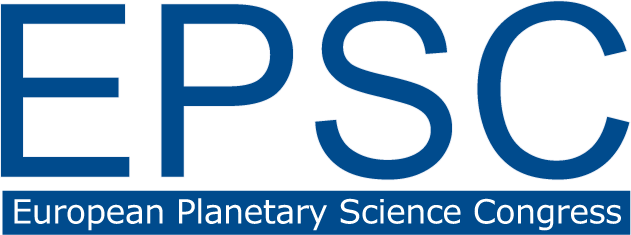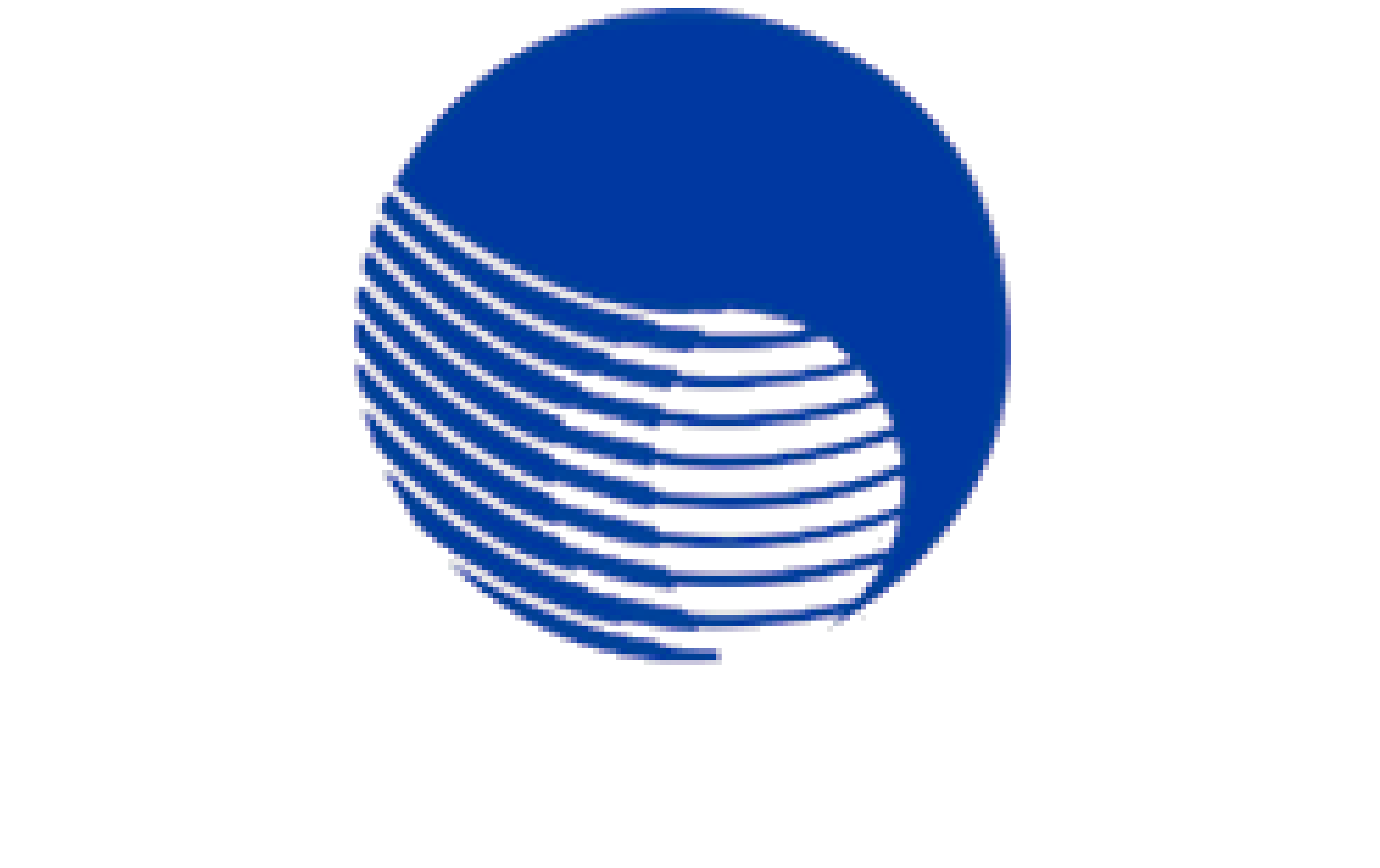Session programme
MIT – Missions, Instrumentation, Techniques
Programme group coordinators: Olivier Witasse, Olga Prieto-Ballesteros, Patricia Beauchamp, Catherine Olkin
MIT1
Convener:
Brook Lakew
|
Co-conveners:
Sabrina Feldman,
Stephanie A Getty,
Manuel Grande,
Olivier Mousis,
Kim Reh
MIT2
MIT3
Convener:
Patricia Beauchamp
|
Co-conveners:
John Baker,
Brook Lakew,
Jean-Pierre Lebreton,
Carolyn Mercer
MIT4
TP9
Co-organized as MIT5
MIT6
Convener:
Michel Blanc
|
Co-conveners:
Pontus Brandt,
Pascale Ehrenfreund,
Kathleen Mandt,
Merav Opher,
Olivier Witasse
MIT8
MIT9
MIT10
TP23
Co-organized as MIT11/EXO14
Convener:
Felipe Gómez
|
Co-conveners:
Barbara Cavalazzi,
Janice Bishop,
Jessica Flahaut,
Fulvio Franchi,
Karen Olsson-Francis,
Monica Pondrelli,
Angelo Pio Rossi
LP3
Posters
|
Attendance
Tue, 17 Sep, 17:15–18:45|Level 1


